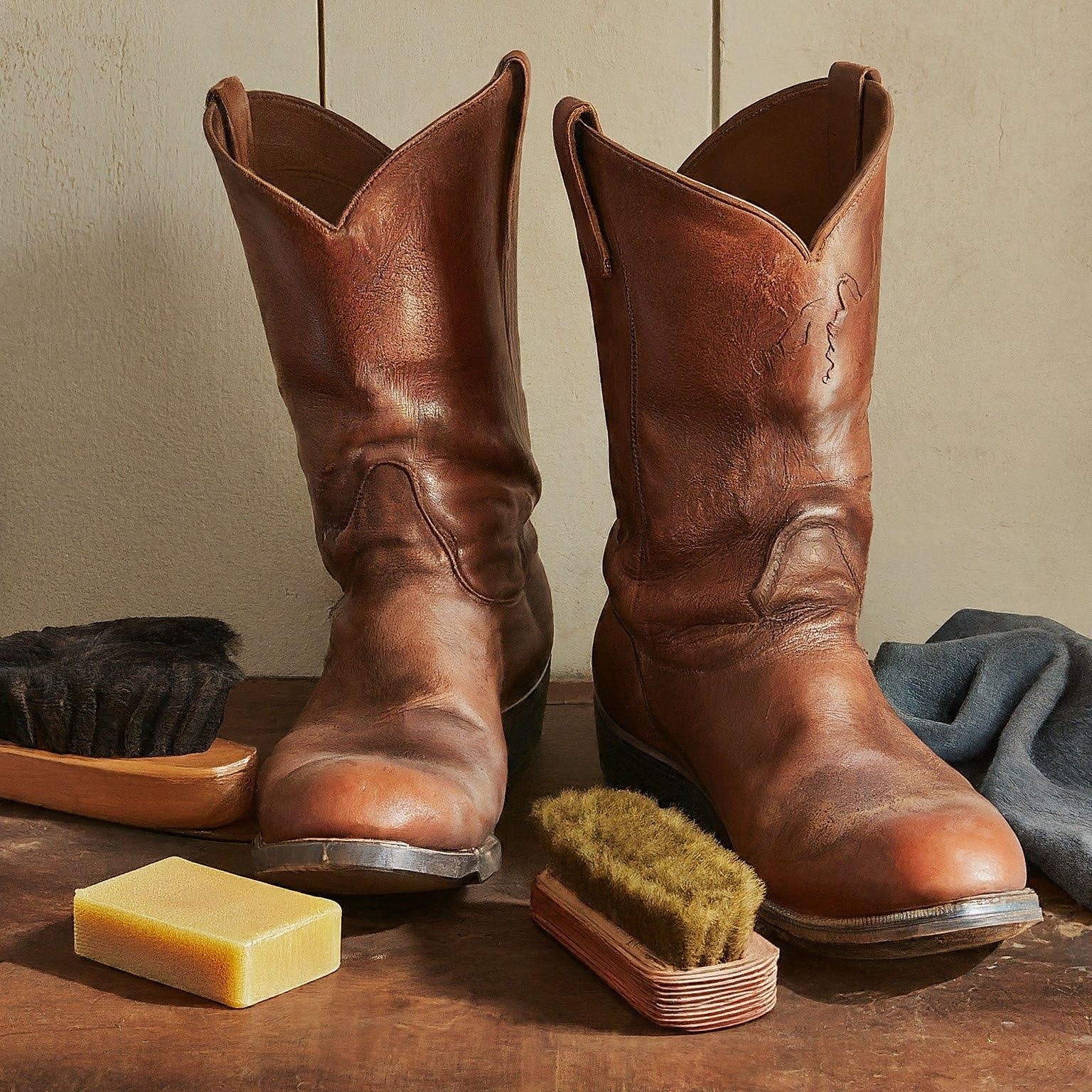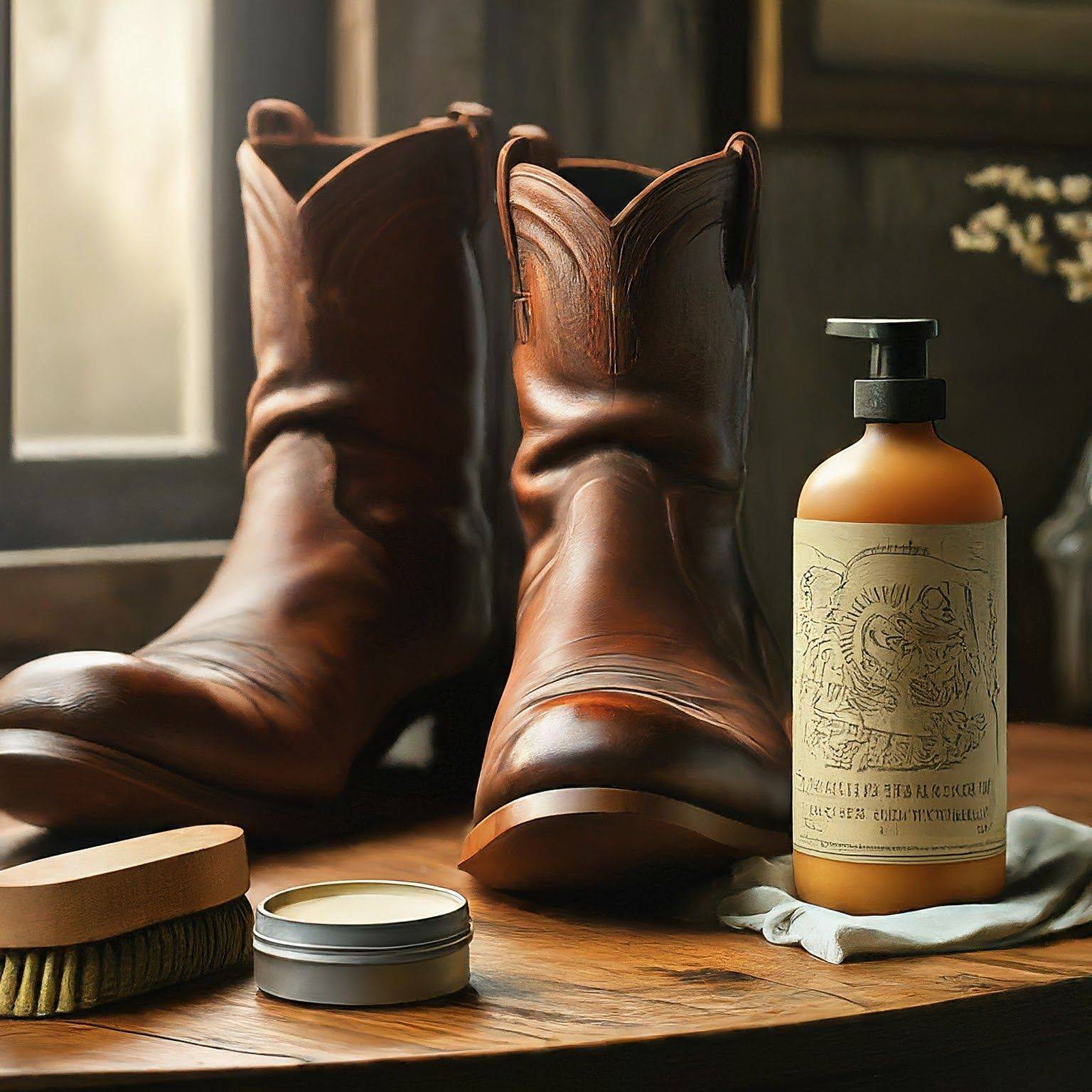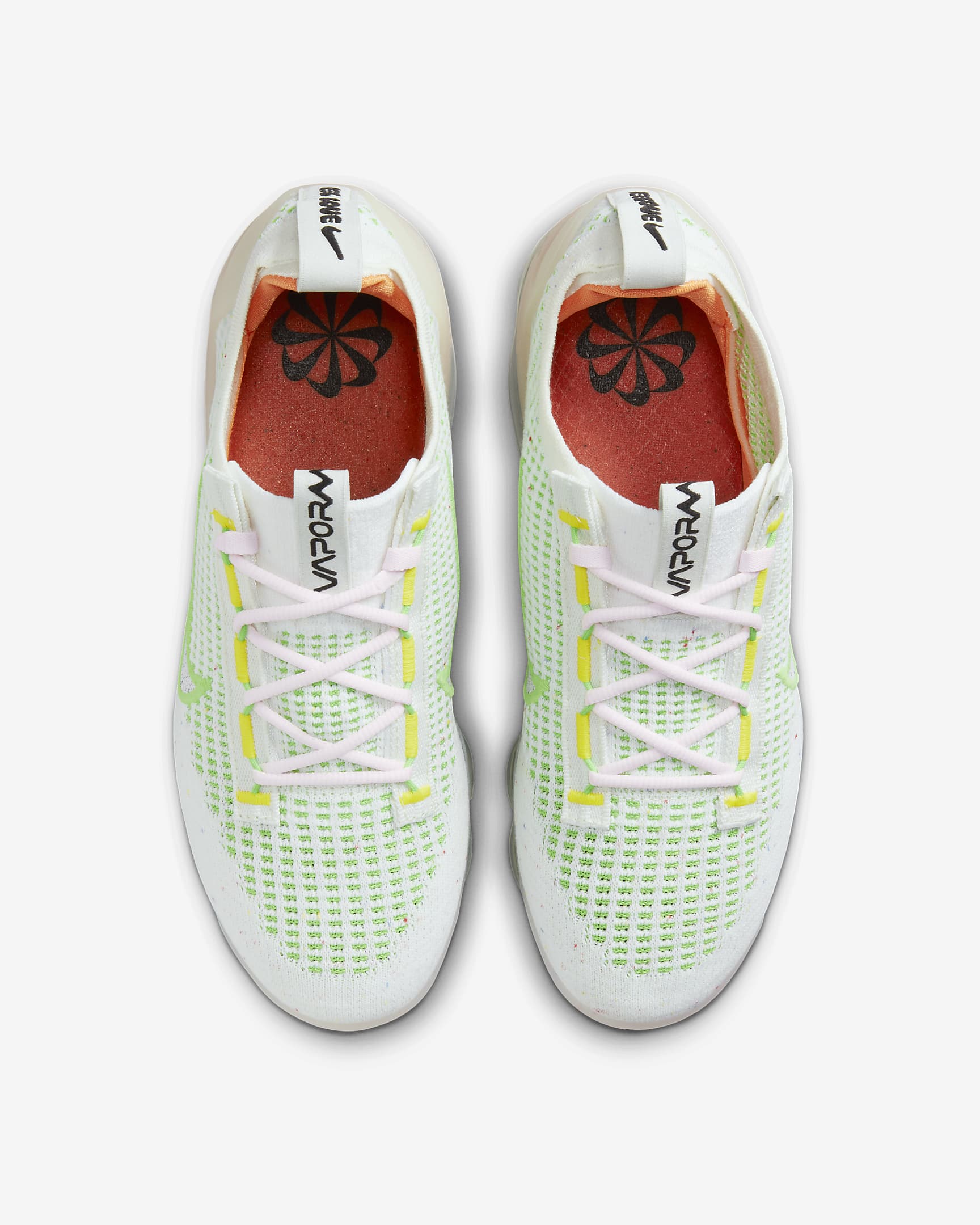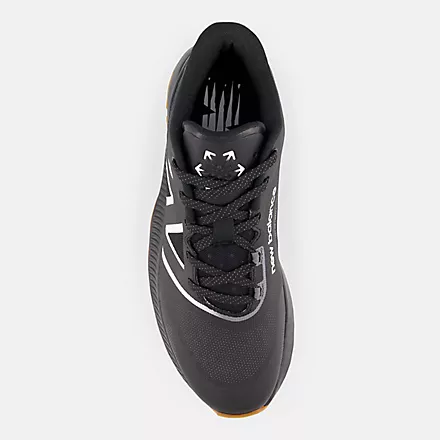Learn how to clean and condition leather boots effectively for long-lasting durability and a polished look.
A well-worn pair of leather boots exudes character and tells a story of adventures. But to keep them looking their best and serving you for years to come, proper cleaning and conditioning are essential. Here is another post we covered on how to clean boots without boot cleaner, So, you can also learn natural ways to clean boots.
Leather is a natural material that, without care, can become dry, cracked, and prone to damage. This comprehensive guide will arm you with the knowledge to maintain your leather boots, ensuring they become cherished companions for many journeys ahead.
Essential Tools and Supplies
Before tackling mud and grime, gather your leather care arsenal:
- Soft-bristled brush: A dedicated brush, preferably horsehair, gently removes surface dirt without scratching the leather.
- Saddle soap or mild leather cleaner: Saddle soap is the traditional choice, but mild, pH-neutral leather cleaners are also effective.
- Clean cloths: Microfiber cloths are ideal for their softness and absorbency.
- Leather conditioner: Look for natural oil or wax-based conditioners that nourish the leather.
- Optional: Boot polish: To add shine and an extra layer of protection.

Step-by-Step Cleaning Process
1. Prepare your workspace
Protect your surfaces by laying down newspapers or an old towel. This will catch any drips and debris.
2. Remove laces and insoles
Remove the laces completely and set them aside for washing or replacement. Take out insoles to allow the boots to dry thoroughly.
3. Brush away loose dirt
Use your soft-bristled brush to gently sweep away dust, dried mud, and salt residues. Pay extra attention to creases and hard-to-reach areas.
4. Create a cleaning solution
In a small bowl, mix saddle soap or mild leather cleaner with warm water according to the product’s instructions. Aim for a slightly sudsy solution.
5. Apply the solution
Dip a clean cloth into the soapy water, wring it out thoroughly, and begin wiping down the leather. Work in small sections, using a gentle circular motion. Avoid saturating the leather.
6. Rinse
Dampen a separate clean cloth with plain water and wipe away any soapy residue. Repeat the process until the cloth comes away clean.
7. Air-dry
The most crucial step! Allow your boots to air dry completely in a well-ventilated area at room temperature. Never place them near direct heat sources like radiators or in direct sunlight, as this can cause the leather to dry out and crack.
Important note: While leather is durable, excessive moisture can cause damage. Always use damp (not soaking wet) cloths and avoid over-saturating the leather during the cleaning process.
Conditioning Leather Boots
Why condition?
Leather, like our skin, needs moisture to maintain suppleness and prevent cracking. Conditioning replenishes lost oils and enhances the leather’s natural protective barrier. Think of it as a luxurious moisturizer for your boots!
Choose the right conditioner
Opt for conditioners containing natural oils or waxes, such as beeswax or mink oil. Avoid petroleum-based products that can clog pores and damage the leather over time.
Apply evenly
Using a clean cloth, apply a thin layer of conditioner in circular motions. Work it into the leather gently, paying attention to seams and flex points.
Buff
Let the conditioner absorb for several hours or overnight. Then, buff off any excess with a clean, dry cloth. This step will give your boots a subtle shine.
Tackling Tough Stains
Even with diligent care, stains happen. Here’s how to handle common culprits:
Salt stains
- Act quickly: Salt can leave unsightly white marks and even damage stitching.
- Vinegar solution: Mix equal parts white vinegar and water. Apply gently to the stain with a cloth and wipe with a clean, damp cloth.
- Condition: Condition the affected area afterward to restore moisture
Water stains
- Dab, don’t rub: Use a slightly damp cloth to dab the stain gently. Avoid rubbing, which can spread it.
- Air dry completely: Allow the leather to dry thoroughly in a well-ventilated area.
- Repeat if needed: If the stain persists, repeat the process. A light application of conditioner may help blend any remaining marks.
Stubborn stains
For oil stains, grease, or deeply ingrained dirt, consider seeking professional cleaning services. Leather specialists have the expertise and products to tackle tough cases without damaging your boots.
Additional Tips
- Frequency: The frequency of cleaning and conditioning depends on how often you wear your boots and the conditions they encounter. A good rule of thumb is to clean and condition them a few times a year, or more often with heavy use.
- Storage: Store clean, conditioned boots in a cool, dry place away from direct sunlight. Using boot trees or stuffing them with newspaper helps them maintain their shape.
- Different leather types: Suede and nubuck require specialized cleaning products and techniques. Consult care guides specific to those leather types.
Read More: How to Clean Leather Boots with Household Items: The Ultimate Guide
Read More:
- How to Clean Boots Without Boot Cleaner: DIY Solutions for Sparkling Footwear
- How to Clean Leather Boots with Household Items: The Ultimate Guide
Conclusion
By dedicating a little time to regular cleaning and conditioning, you’ll transform your leather boots into long-lasting companions. The patina they develop with age will reflect your adventures, making them even more special. Remember, proper care is an investment that ensures your boots not only look their best but also feel comfortable and protect your feet for years to come.
FAQs
Can I use household cleaners on leather?
Absolutely not! Harsh detergents and chemicals found in household cleaners can strip leather of its natural oils and cause irreversible damage. Stick to saddle soap or dedicated leather cleaners.
How often should I condition my boots?
Conditioning frequency depends on wear frequency and climate. If your boots see regular use or live in a dry environment, condition them every few months. For less frequent wear, you can condition them once or twice a year.
Can I waterproof my leather boots?
Yes, but choose products specifically designed for leather. Waterproofing sprays or waxes can create an additional barrier against water damage. Always test a product on an inconspicuous area first.
Can baking soda be used to clean leather boots?
While baking soda has some cleaning properties, it’s not the best choice for leather. Its alkaline nature can potentially dry out or discolor the leather. Stick to specialized leather cleaners or saddle soap for safer and more effective results.
Is it okay to use olive oil to condition leather boots?
While olive oil may seem like a natural option, it’s not ideal for leather boots. Olive oil can go rancid over time, leaving an unpleasant smell and potentially attracting mold. Opt for conditioners specifically formulated for leather, which contain stable oils and waxes.
Can I clean my leather boots in the washing machine?
Never put your leather boots in the washing machine! The agitation and water exposure can severely damage the leather, causing it to shrink, crack, and lose its shape. Always stick to the gentle hand-cleaning methods outlined in this guide.
How do I get rid of the smell inside my leather boots?
To combat boot odor, try these steps:
- Air them out: Leave your boots in a well-ventilated area for several hours or overnight.
- Baking soda: Sprinkle some baking soda inside your boots and let it sit overnight to absorb odors.
- Replace insoles: If your insoles are worn, replacing them can make a big difference.
Should I condition my boots before or after wearing them for the first time?
It’s a good idea to condition new leather boots before their first wear. This will give them an initial layer of protection and help soften the leather, making them more comfortable to break in.











